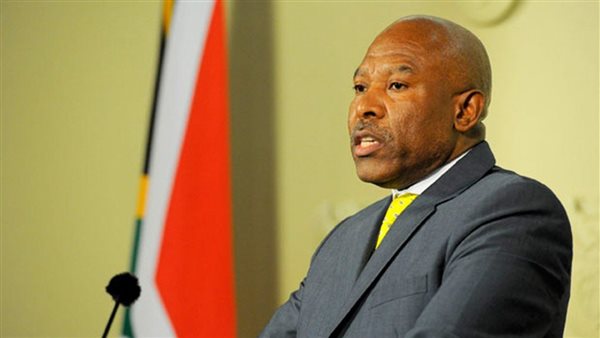
South African Reserve Bank Governor Lesetya Kganyago’s repeated emphasis on uncertainty is expected to translate, at most, into only a handful of additional interest rate cuts next year.
The central bank, which lowered its policy benchmark by 25 basis points on Thursday to 7.75%, said its model showed rates easing further, stabilizing slightly above 7%, but stressed that the forecast was a broad policy guide.
“Decisions will be made on a meeting-by-meeting basis, with no forward guidance and no prior commitment to any specific price path,” Kganyago stressed. He also acknowledged that while inflation has slowed, the election of Donald Trump as US president may create upside risks to price pressures.
South Africa’s annual inflation rate fell to 2.8% in October, below the central bank’s inflation target of 3% to 6%. However, the South African Reserve Bank slightly raised its inflation forecasts for late 2025 and 2026 and noted that the risks… Threatening forecasts “require a cautious approach.”
In his final monetary policy press conference of the year, Kganyago declined to comment directly on the US elections but said additional trade protectionism could have implications for interest rates.
“There is a concern that the protectionism we are seeing may impact global trade,” the governor told reporters after the interest rate decision. “If it becomes inflationary, central banks globally are expected to react, that changes the dynamic and that is the uncertain environment we are operating in.”
J-A van der Linde of Oxford Economics expects three 25 basis point cuts next year, while economists led by Sanisha Bakirsamy of Momentum Investments expect two such moves, warning that Trump’s return could limit the extent of South Africa’s easing.
The rand has fallen about 4% against the dollar since the US election on November 5, as investors bet that Trump’s pledge to raise tariffs and cut taxes will prompt the Federal Reserve to cut interest rates less than it expected, strengthening the US currency.
The South African Reserve Bank’s assumed starting point for the rand in the fourth quarter of 2024 was 17.74 to the dollar. It is currently trading at around 18.09 to the dollar.
Kganyago noted that its recent decline showed “how quickly changes in the global environment are impacting South Africa.”
Others see this cautious approach translating into monetary policy in real inflation-adjusted terms that would rein in the economy and help tame price pressures.
Kganyago said the central bank and the Treasury were “reaching a conclusion” in their ongoing review of the inflation target – which was adopted in 2000 and has not been revised since – without providing a timeline.
He repeatedly said it should be revised lower, but rejected the suggestion that the South African Reserve Bank was actually targeting the bottom of the 3% range.
“If you set a target and it is a secret and no one knows it, but you target it quietly, it will not be useful as an anchor for policy,” Kganyago continued.



